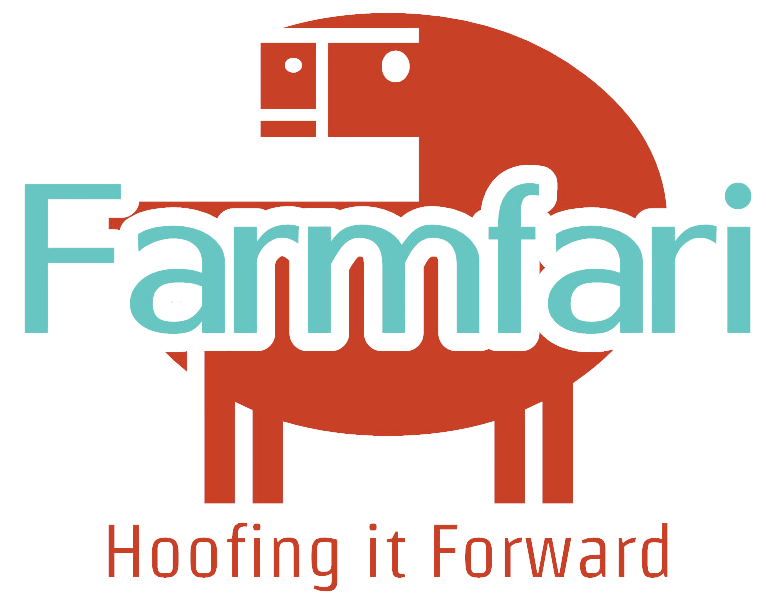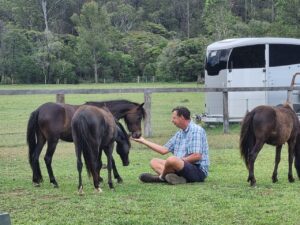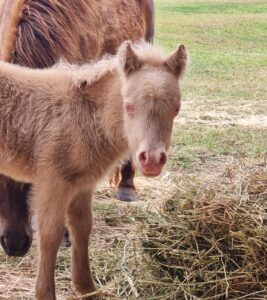When people picture horse care, they often think of tossing hay into a trough and brushing a mane on a sunny afternoon. But at Farmfari, we know caring for rescue horses is far deeper and more demanding. Behind every peaceful paddock moment is a team working tirelessly to provide emotional security, proper medical care, and environmental enrichment.
In this blog, we’re taking you behind the scenes of what daily sanctuary horse care truly looks like at a Farmfari—and why it matters so much.
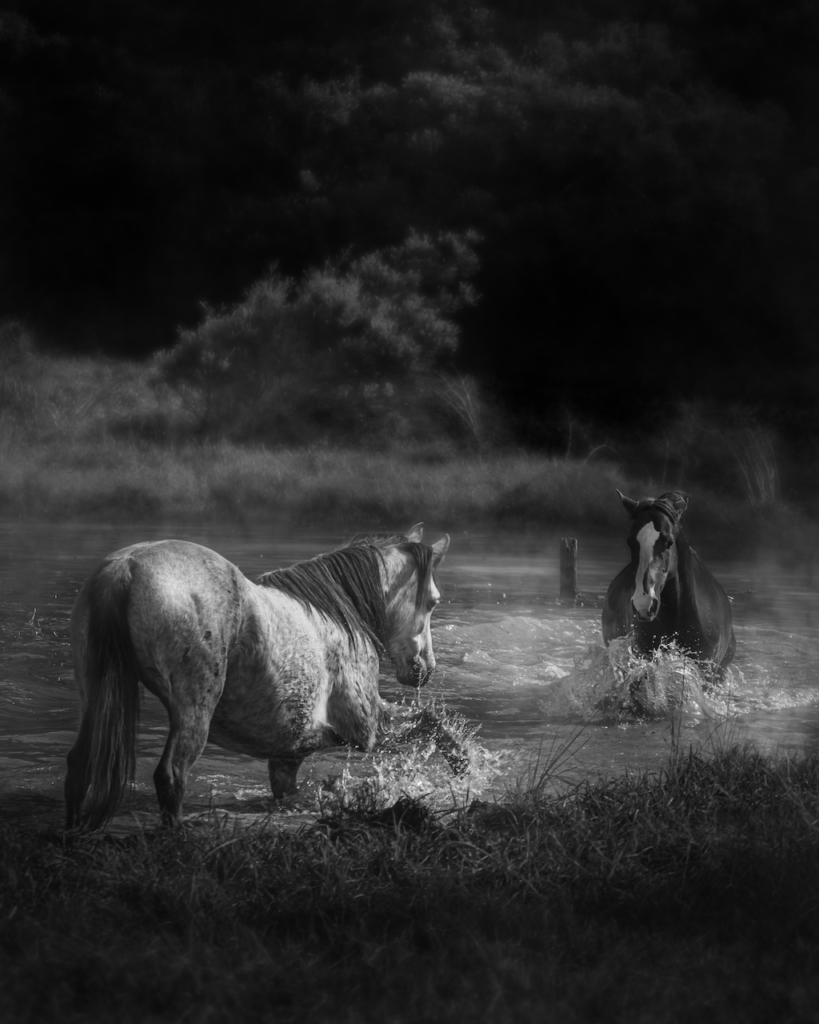
Sanctuary Horse Care: It’s a Whole-Body, Whole-Heart Commitment
Unlike horses in competitive or working environments, sanctuary horses are here to heal, not perform. That means our care goes beyond physical needs—it includes emotional, mental, and social support.
Daily care for our horses includes:
- Feeding & Hydration: A tailored diet of hay, hard feed, and supplements for each horse’s age, condition, and past trauma
- Grooming: Regular brushing not just for coat health, but for bonding and comfort
- Hoof Care: Monthly visits from a farrier and daily hoof checks to prevent infection
- Veterinary Monitoring: From routine dental care to treatment of skin conditions or old injuries
- Emotional Support: Quiet presence, respectful touch, and space to decompress
Learn about some of the horses receiving this care daily on our About Page.
See the RSPCA’s Horse Welfare Guide for more on responsible care in Australia.
The Power of Routine in Sanctuary Horse Rehabilitation
Rescue horses often come from unpredictable or traumatic environments. Routine is a powerful healing tool. It gives horses the predictability they crave and helps rebuild trust.
At Farmfari, our routines include:
- Consistent feeding times
- Gentle verbal cues
- Quiet, calm energy during care
- Regular paddock rotation to keep grazing healthy and minds engaged
Over time, these patterns help horses relax. They begin to seek out their carers, engage more socially, and show signs of emotional recovery.
Read about Brom’s Journey from fear to trust and how routine changed her life.
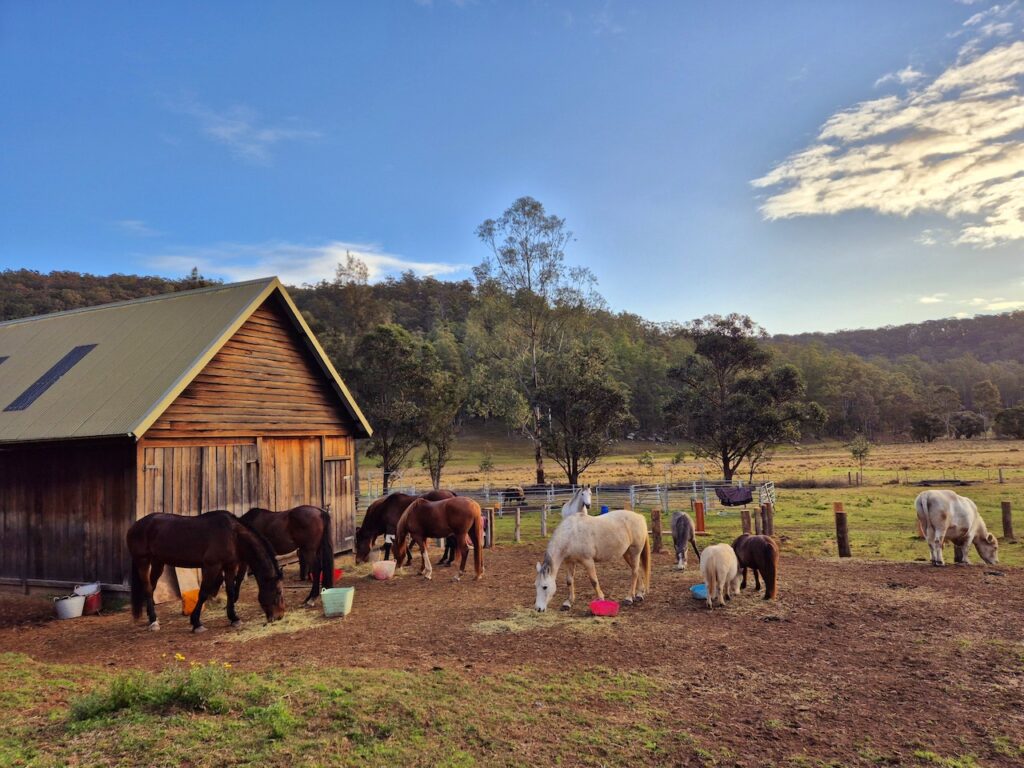
Daily Enrichment: More Than Just a Pretty Paddock
Horses need mental stimulation just as much as physical care. We include daily enrichment activities to ensure our horses are emotionally fulfilled:
- Natural foraging areas
- Obstacle walks for physical challenge
- Positive reinforcement games
- Quiet time with volunteers for bonding
These activities keep our horses curious, active, and connected. Enrichment isn’t a luxury—it’s essential to welfare.
Want to contribute to our enrichment program? Donate Here.
FAQs: Horse Care in Sanctuaries
Q: What’s the difference between caring for a sanctuary horse and a riding horse?
A: Sanctuary horses aren’t expected to perform or obey commands. The focus is on healing, autonomy, and comfort.
Q: How much space do sanctuary horses need?
A: While miniature horses can thrive in smaller paddocks, most horses need at least 1–2 acres per horse, with pasture rotation. Read more in our blog How Much Space Does a Mini Horse Really Need.
Q: Do horses bond with humans like dogs do?
A: Yes—but it often takes time. Horses bond based on trust, consistency, and energy—not obedience.
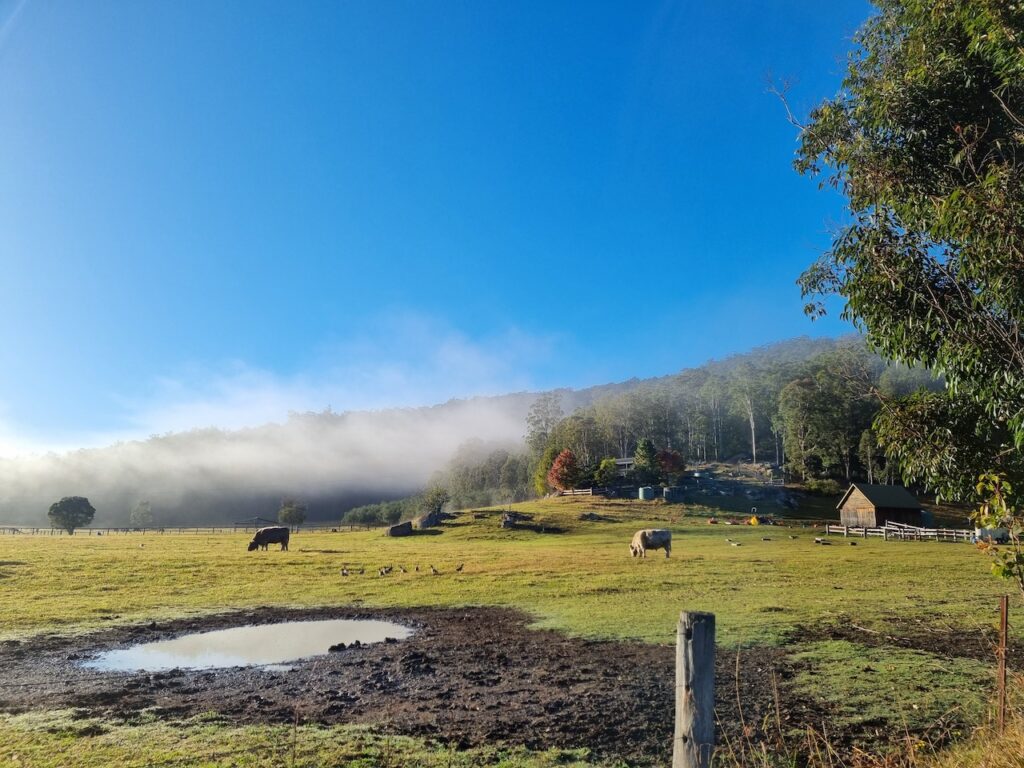
Design a Day in the Life of a Sanctuary Horse
Imagine you’re a Farmfari horse for the day. Here’s a fun breakdown—where would you spend the most time?
- Grazing with your herd
- Getting brushed under the sun
- Walking the obstacle path
- Receiving scratches and affection
Comment your answer on our Instagram or during your next visit. We’d love to know!
Real Care Runs Deep
True horse care is layered. It’s not just feed and vet bills—it’s energy, intention, and unconditional patience. Our team at Farmfari gives everything we can to ensure each horse feels safe, seen, and valued.
If you’d like to be part of that mission, come meet the herd on our Visit Page.
